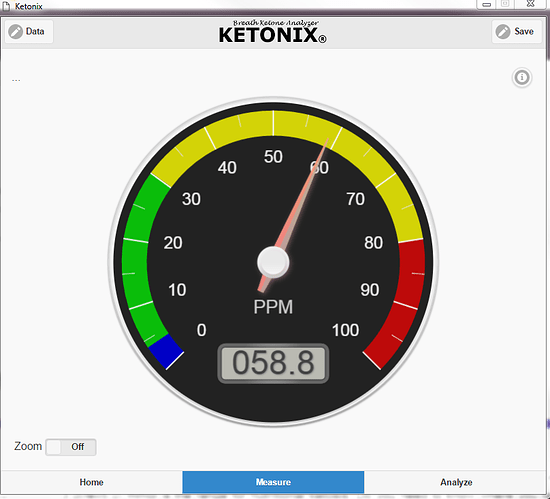Glycogen being the storage form of glucose, yes. I merely meant that once all forms of glucose are sufficiently depleted, the liver begins the twin processes of gluconeogenesis (to supply those few cells that can metabolise only glucose) and ketogenesis (to feed the heart muscle, brain, intestine, and so forth; muscles prefer intact fatty acids to ketone bodies, once they have restarted their fatty acid pathways and can dispense with ketones). The key is a dietary intake low enough in carbohydrate to require the secretion of glucagon, which is the primary driver of both processes (insulin is the regulatory hormone that limits production of glucose and ketones to safe levels).
Protein is commonly considered to have about half the effect on insulin secretion that carbohydrate has, but this effect is counteracted by the secretion of glucagon when carbohydrate intake is sufficiently low. In a high-carbohydrate setting, the effect of additional protein on insulin is strong, because there is no corresponding release of glucagon. In such a situation, the insulin/glucagon ratio rises significantly. In a low-carbohydrate setting, however, additional protein intake causes the secretion of glucagon as well as insulin, so that although the absolute amounts rise, the insulin/glucagon ratio remains unchanged and gluconeogenesis and ketogenesis are not impeded.
The three ketone bodies manufactured in the liver are acetoacetate, acetone, and β-hydroxybutyrate. The first two are actual ketones (i.e., they contain a carbonyl group attached to two alkyl groups), whereas β-hydroxybutyrate technically is not. It is called a “ketone body,” however, because it and acetoacetate are produced together in the same process. (If I recall correctly, the process generates a higher proportion of β-hydroxybutyrate than acetoacetate.) Acetone is the breakdown product of acetoacetate. All three have lately been shown to have strong effects as signaling molecules, as well as being fuels for the brain and other organs. (It surprised me to learn that, because I had been under the impression that acetone was purely a waste product.) Lipolysis is the process of dismantling triglycerides in adipose tissue, so that their component fatty acids can be mobilised for use as fuel, either fully, as in muscle, or partially, as in hepatic ketogenesis.
I believe that you are referring to diabetic ketoacidosis, a potentially fatal condition to which Type I diabetics are liable, if they fail to take their insulin. Ketoacidosis is highly unlikely in anyone whose pancreas is capable of producing any insulin at all. The principal exception is that women who fast while pregnant or nursing are liable to a condition called “euglycaemic ketoacidosis,” which can be just as fatal as diabetic ketoacidosis and is the reason that pregnant or lactating women should never fast. Ketoacidosis requires ketone levels above 10.0 mg/dL plus a disturbance of the pH of the blood. Even a small amount of serum insulin is usually sufficient to keep the blood properly buffered and the ketone level safely low.





